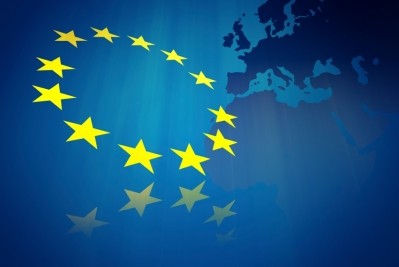Retailer consultation urged for effective nutrition labelling research

“Each time a new labelling system is introduced on a range, be in private label or a branded product line, we need clearer evidence as to whether it is influencing sales, and supermarkets are best placed to carry out such research,” said Dr Josephine Wills, the director general of the European Food Information Council (EUFIC), speaking to FoodNavigator.com this morning.
The Council released its Global Update on Nutrition Labelling today, which highlights global regulatory moves on food labelling since the EUFIC report from June 2011, assesses what knowledge gaps remain, and calls for more research to see how consumers can best be helped to make good use of nutrition labels.
Dr Wills said that existing analysis by retailers on consumer behaviour in an online setting looking at the traffic light labelling format showed that despite various food categories having a red light attached to the product - indicating a high content of fat, saturated fat, sugars and salt - such nutrition flags had limited influence on actual purchasing.
“We need to determine what consumers really buy and not what they say they would do when questioned on the subject in surveys,” added the EUFIC director general.
The Council’s report also summarises the final results of the three year-long FLABEL project (Food Labelling to Advance Better Education for Life), with EUFIC one of the partners on the initiative along with academic experts and retailers.
Wills said that FLABEL shows that consumers, unless they have an interest in healthy eating, generally lack the motivation to scan nutrition tables.
FLABEL also found that food packages held consumers’ visual attention for very short periods, with the average attention to elements of nutrition labels being between 25 and 100 milliseconds, as measured by sophisticated eye-tracking equipment.
Scientific advisor to the labelling research project, Professor Klaus Grunert, of Aarhus University in Denmark, claims “the FLABEL research shows the most promising option for increasing consumers’ attention to, and use of, nutrition information on food labels, is to provide information on key nutrients and energy on the front of the pack, in a consistent way.
“Complementing this information with a health logo can also increase attention to, and use of, the information, especially when the consumer is under time pressure. Similarly, use of colour coding can increase attention and use in certain situations, although the effects of both are not strong.”
EUFIC’s study takes account of the introduction of FIR in the EU in September and, in terms of the global outlook, the publication reviews the Australia and New Zealand governments’ decision to reject traffic light labelling recommendations in the Labelling Logic report at its meeting last month. “It has opted for further consultation instead with a view to agreeing a front of pack (FOB) system by the end of 2012,” notes Wills.
The study also notes the system - not yet consumer tested - recently put forward by the Institute of Medicine (IOM) in the US, recommending the use of symbols for FOB display to graphically convey calories counts by serving size and a ‘point’ value indicating whether trans and sat fats, sodium and added sugars are below threshold levels.
The Executive Summary of EUFIC's global update on nutrition labelling can be read here.
















